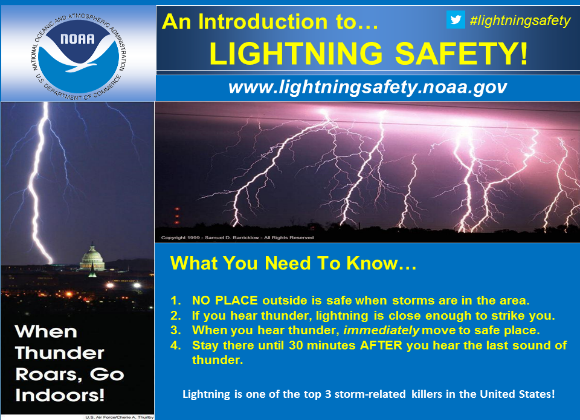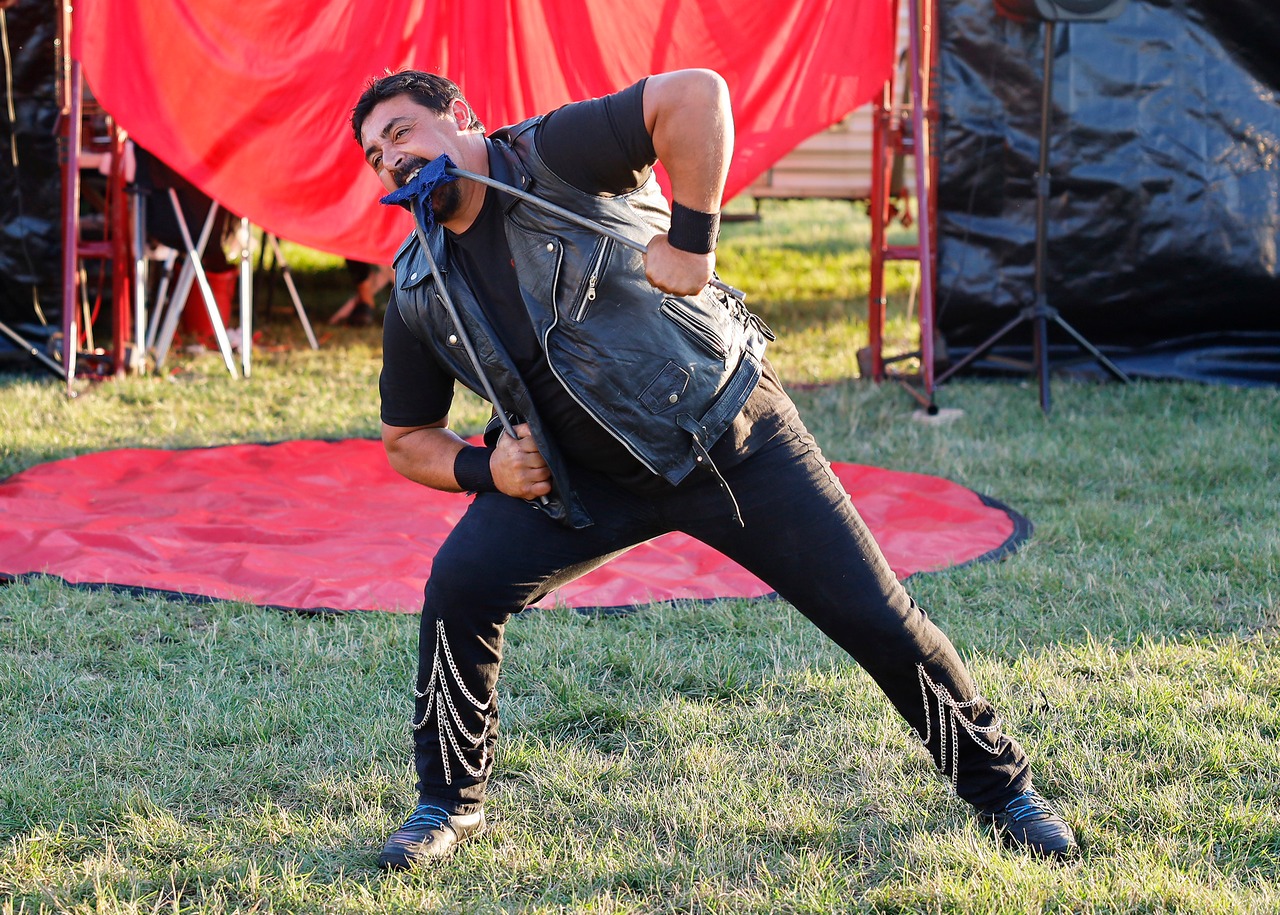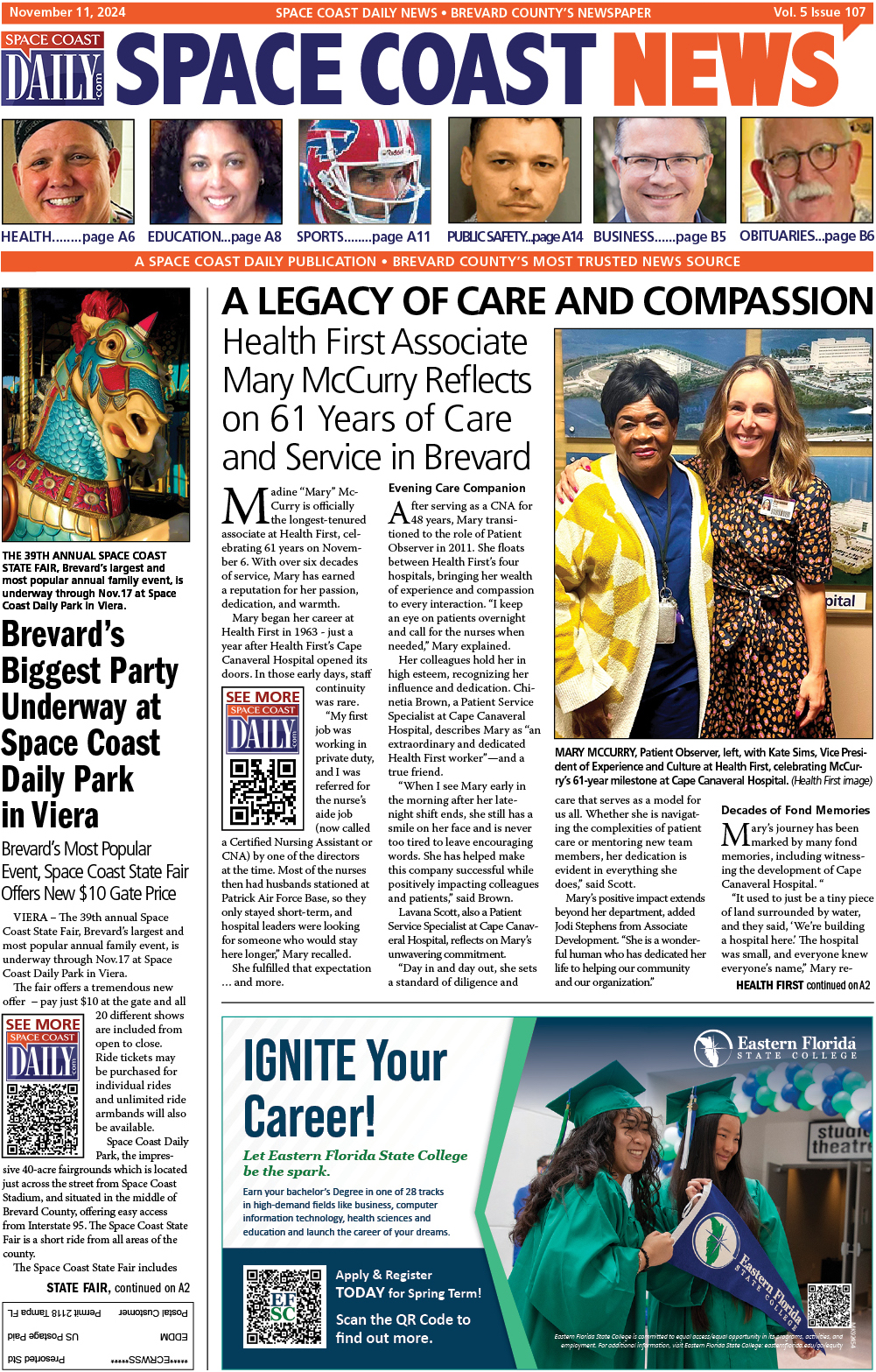VIDEO: Florida Leads Nation In Lightning Strike Fatalities, Quickly Take Cover When Storms Approach
By Dr. James Palermo // June 27, 2017
When Thunder Roars, Go Indoors

According to an analysis of National Oceanic and Atmospheric Administration (NOAA) weather data, in the last 10 years (2007-2016) the U.S. has averaged 30 lightning fatalities per year, with Florida’s 52 total fatalities (17 percent of the 304 total fatalities) far outdistancing Texas, the state with the second highest number of fatalities (21) during that time period.
Last week was National Lightning Awareness Week, and as Florida enters a regular pattern of afternoon thunderstorms, emergency responders and meteorologists urge people to be aware of the lightning danger and to take cover when storms approach.
Lightning can strike outward from a storm about 10 miles, and the “rule-of-thumb” is if you hear the thunder, you are within lightning strike distance of the storm.
Florida is the perfect breeding ground for lightning with its hot and humid atmosphere stirred by sea breezes and coastal fronts.

Last year, 1,229,516 lightning flashes were counted in Florida, second only to Texas, which had just over 4 million, according to Vaisala, a firm that develops environmental measurement products.
In all, lightning killed 304 people in the U.S. from 2007 through 2016, also injured thousands more and resulted in an estimated $8.8 billion in homeowner insurance claims.
On a personal note, two trees in my backyard were struck during a torrid thunder/lightning storm on July 5, 2015.
My wife, Kerry, and I happened to be inside looking out toward the Indian River when the lightning struck. The sudden gigantic ball of light and deafening explosion when the lightning hit the trees scared us to death.
The yard was entirely engulfed in an acrid smelling cloud of smoke and steam. All of our underground utilities and most of our electronics were destroyed, taking about $40,000 over a period of 6 months for us to restore.
There is no safe place outside when thunderstorms are in the area. If you hear thunder, you are likely within striking distance of the storm. Just remember, When Thunder Roars, Go Indoors.
ABOVE VIDEO: Last week was National Lightning Awareness Week, and as Florida enters a regular pattern of afternoon thunderstorms, emergency responders and meteorologists urge people to be aware of the lightning danger and to take cover when storms approach. (NOAA video)

Too many people wait far too long to get to a safe place when thunderstorms approach. Unfortunately, these delayed actions lead to many of the lightning deaths and injuries in the United States. The fun and informative NOAA video above and the information below provide tips on how to stay safe indoors and outdoors.
If you absolutely cannot get to safety, you can slightly lessen the threat of being struck with the following tips. But don’t kid yourself–you are NOT safe outside.
Know the weather patterns of the area you plan to visit. For example, in mountainous areas, thunderstorms typically develop in the early afternoon, so plan to hike early in the day and be down the mountain by noon.
Listen to the weather forecast for the outdoor area you plan to visit. The forecast may be very different from the one near your home. If there is a high chance of thunderstorms, stay inside.
- Avoid open fields, the top of a hill or a ridge top.
- Stay away from tall, isolated trees or other tall objects. If you are in a forest, stay near a lower stand of trees.
- If you are in a group, spread out to avoid the current traveling between group members.
- If you are camping in an open area, set up camp in a valley, ravine or other low area. Remember, a tent offers NO protection from lighting.
- Stay away from water, wet items, such as ropes, and metal objects, such as fences and poles. Water and metal do not attract lightning but they are excellent conductors of electricity. The current from a lightning flash will easily travel for long distances.
For more information related to lightning safety and science go to lightningsafety.noaa.gov
CLICK HERE FOR BREVARD COUNTY NEWS













